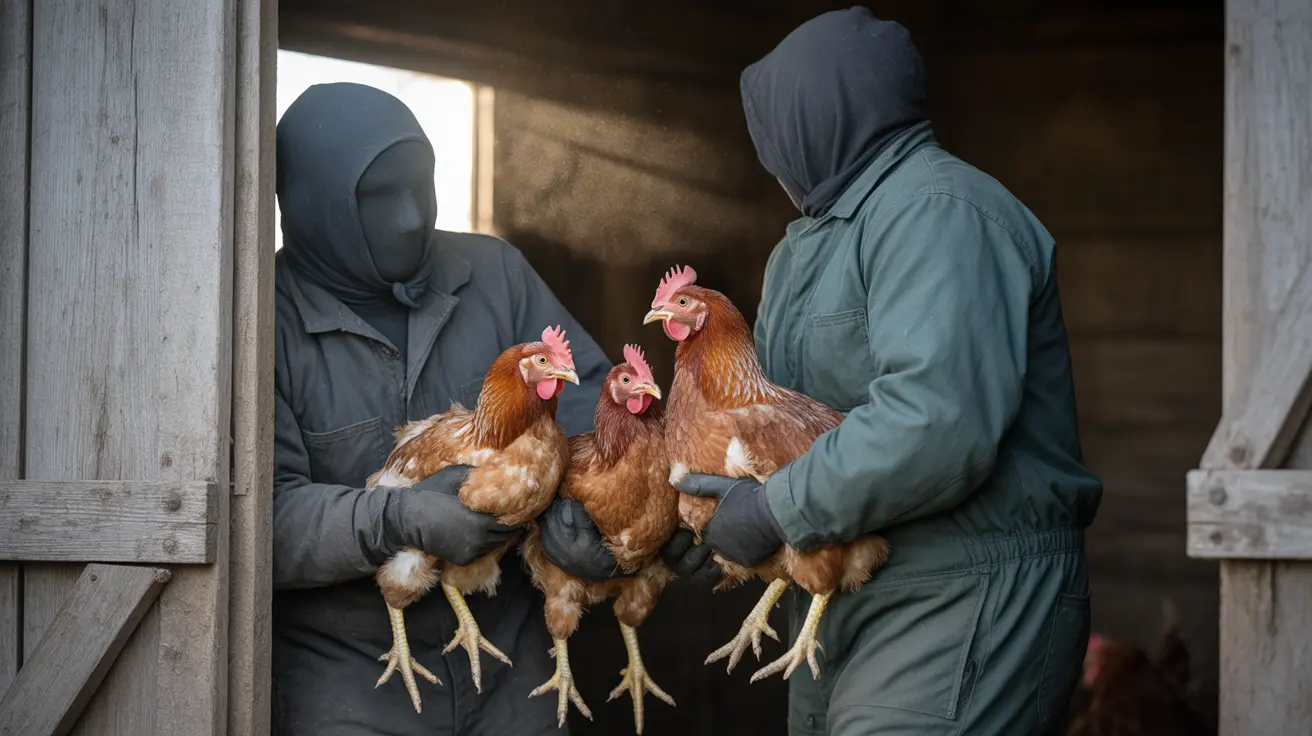When Do Dogs Start Feeling Cold? Understanding Your Pet's Comfort
Just like humans, dogs are sensitive to temperature changes. While some breeds appear unfazed during chilly weather, others can be more susceptible to the cold. Determining when your dog starts feeling cold is essential to keep them safe, healthy, and comfortable during the colder months.
The Critical Temperature Thresholds for Dogs
Although each dog is different, most dogs begin to feel cold around specific temperature ranges. Understanding these benchmarks helps pet owners decide when it’s too cold for their canine companions.
- Above 45°F (7°C): Most dogs will be fine during regular walks and activity levels, though small or short-haired breeds may start showing signs of discomfort.
- Between 32°F – 45°F (0°C – 7°C): Dogs may begin to feel noticeably cold, particularly smaller breeds, older dogs, or those with thin coats.
- Below 32°F (0°C): The risk of hypothermia or frostbite increases, especially during prolonged exposure.
- Below 20°F (-6°C): Dangerous for most dogs unless properly protected with clothing or limiting exposure.
Factors That Influence a Dog's Cold Tolerance
Not all dogs experience cold temperatures equally. Several factors influence how well a dog can handle chilly weather:
- Breed and Coat Type: Breeds like Siberian Huskies and Alaskan Malamutes are more cold-tolerant. In contrast, Chihuahuas or Greyhounds may struggle in cooler weather.
- Size: Smaller dogs lose heat more quickly than larger ones because of their greater surface area-to-volume ratio.
- Body Fat: Dogs with higher body fat may resist cold better due to natural insulation.
- Age and Health: Puppies, senior dogs, and dogs with chronic conditions may have a harder time regulating body temperature.
- Acclimatization: Dogs accustomed to colder climates can build better tolerance over time.
Signs That Your Dog Is Cold
Watch for obvious and subtle indications that your dog is feeling the chill. Common signs include:
- Shivering or trembling
- Tucked tail and hunched posture
- Whining or reluctance to move
- Seeking shelter or warmth
- Cold ears and paws
- Decreased activity or sluggishness
Recognizing these signs early can help prevent cold-related health issues.
Protecting Your Dog From the Cold
Pet owners can take several proactive steps to protect their dogs during the winter months:
- Use Dog Coats or Sweaters: Small, short-haired, or health-compromised dogs benefit from added insulation.
- Limit Outdoor Time: Keep walks shorter and avoid prolonged outdoor stays in freezing temperatures.
- Watch for Salt and Ice: Road salts and slippery surfaces can injure or irritate your pet’s paws. Use booties if necessary and wipe paws after walks.
- Provide Warm Shelter: Ensure dogs staying outside for any period have well-insulated dog houses with warm bedding.
- Monitor for Hypothermia: Lethargy, weakness, or shallow breathing demand immediate attention from a veterinarian.
Which Dog Breeds Are Most at Risk?
While all dogs deserve protection, some breeds are particularly prone to cold discomfort:
- Chihuahuas
- Italian Greyhounds
- Dachshunds
- Whippets
- Chinese Crested Dogs
These dogs typically have thin coats, low body fat, and small frames, making them less equipped to handle the cold efficiently.
Winter Care Tips for Dogs
Consider the following tips to maintain your pet's warmth and happiness during winter:
- Regular Vet Checkups: Ensures your dog's general health is optimal to handle stress from cold weather.
- Balanced Diet: Dogs may need slightly more calories in winter, especially active breeds.
- Hydration: Cold air is drying—ensure access to fresh, unfrozen water.
- Comfortable Bedding: Elevated and well-padded beds keep cold drafts at bay.
- Indoor Activity: For house-bound cold days, offer toys and exercises to keep energy levels balanced.
Conclusion
While not every dog begins to shiver at the same temperature, as a general rule, pet owners should be cautious once temperatures fall below 45°F (7°C). Understanding your dog’s specific needs and limits, coupled with proactive care, ensures that winter remains a safe and enjoyable season for both you and your furry friend.





